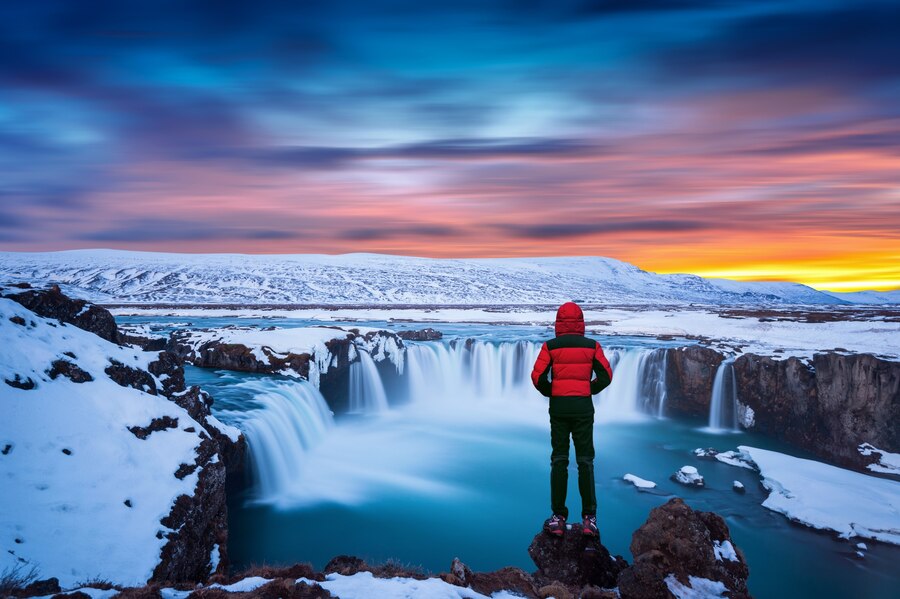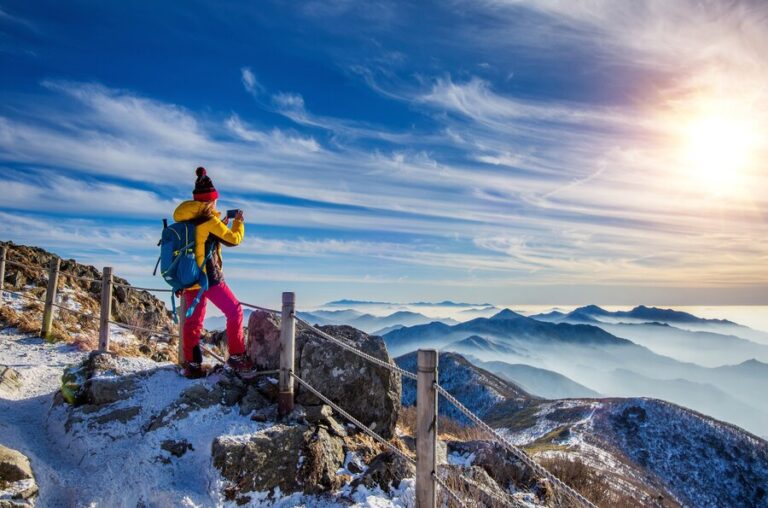Iceland is a land of fire and ice, where towering glaciers meet fiery volcanoes, creating one of the most unique and fascinating landscapes on Earth. Sitting at the boundary of the Eurasian and North American tectonic plates, Iceland is home to intense geological activity, resulting in some of the most spectacular volcanic eruptions in the world. For travel enthusiasts, environmentalists, and adventure seekers, Iceland’s volcanoes evoke both awe and curiosity.
This blog dives into Iceland’s dramatic volcanic history, its environmental and tourism impact, safety measures for visitors, and personal stories from those who have witnessed the raw power of nature. By the end, you’ll gain a deeper appreciation of Iceland’s dynamic environment and how to enjoy it sustainably.
Understanding Iceland’s Fascinating Volcanic History
Iceland owes its incredible natural beauty to its dramatic volcanic activity. Situated on the Mid-Atlantic Ridge, the country is a hot spot for magma movement, with roughly 30 active volcanic systems across its territory. This geological setup results in regular eruptions, ranging from minor fissures to awe-inspiring explosions of ash and molten lava.
Some of the most famous eruptions in Icelandic history include the Eyjafjallajökull eruption of 2010, which disrupted global air travel for weeks, and the Bardarbunga eruption of 2014-15, known for its immense lava field. These events highlight the sheer scale and unpredictability of Iceland’s volcanoes, which are as dangerous as they are mesmerizing.
For centuries, Icelanders have lived alongside these volcanic wonders, adapting their lives and traditions to the natural forces around them. Volcanoes are not just a reminder of Earth’s power but also a symbol of Iceland’s resilience and innovation.
The Environmental Impact of Iceland’s Volcanic Eruptions
Local Ecosystems and Adaptations
When a volcano erupts, it’s not just the lava flow that makes an impact; the entire surrounding environment undergoes dramatic changes. Locally, eruptions can destroy vegetation, alter river courses, and displace wildlife. However, Iceland’s ecosystems have evolved to thrive in such dynamic conditions. For example, plant life quickly recolonizes lava fields, creating moss-covered landscapes that are uniquely Icelandic.
Global Climate Effects
Beyond their local impact, volcanic eruptions in Iceland can also influence the global climate. Large eruptions can release vast quantities of sulfur dioxide into the atmosphere, forming aerosols that reflect sunlight and temporarily cool the Earth. However, the carbon footprint of volcanic eruptions is often a topic of debate among environmentalists, especially when considering their long-term impact on global warming.
Ultimately, Iceland’s eruptions serve as reminders of how interconnected our planet is. Whether affecting local species or influencing global weather patterns, they showcase the delicate balance of life on Earth.
Volcano Tourism in Iceland: Adventure Awaits
One of the most remarkable outcomes of Iceland’s volcanic activity is its transformation of the country’s tourism industry. For adventurous travelers, there is no shortage of thrilling experiences that cater to the allure of volcanoes.
Awe-Inspiring Adventures
- Lava Fields and Crater Tours
Guided tours to places like Eldhraun lava field or the crater of Laki offer a chance to explore terrains shaped by past eruptions. You can walk on cooled lava, peer into ancient craters, and witness the dramatic aftermath of volcanic activity.
- Inside a Volcano
Perhaps one of the most unique experiences is descending into the dormant Thrihnukagigur volcano. Visitors are lowered into the magma chamber that once held molten rock—an adventure unlike any other.
- Active Eruption Viewings
Safely observing an active eruption, like the recent Fagradalsfjall eruption, is a dream for many. These events attract thousands of travelers each year, eager to witness nature’s fiery display.
Eco-Tourism and Sustainability
Iceland has embraced sustainable tourism practices to minimize the environmental footprint of its visitors. Efforts include:

- Limiting the number of visitors to fragile volcanic sites.
- Encouraging the use of guided tours over independent travel to mitigate environmental harm.
- Promoting awareness about the importance of preserving Iceland’s natural beauty for future generations.
By combining adventure with eco-consciousness, Iceland provides a model for other countries to follow.
Staying Safe Around Volcanoes
Volcano tourism comes with its risks, and staying informed is crucial. Iceland has a robust warning system in place to monitor volcanic activity, ensuring both locals and visitors stay safe. If you’re planning your Iceland volcano adventure, here are some essential precautions:
- Check Current Conditions
Before heading out, always check updates from the Icelandic Meteorological Office (IMO), which monitors volcanic and seismic activity.
- Follow Local Advice
Stick to marked paths and follow the guidance of local authorities and tour guides.
- Prepare for the Unexpected
Bring sturdy hiking boots, weather-appropriate clothing, and basic safety gear. The Icelandic weather and terrain can be unpredictable, so it’s best to come prepared.
- Avoid Unsafe Areas
Never venture too close to active lava flows or areas with high concentrations of toxic gases, like sulfur dioxide.
By taking these precautions, you can fully enjoy the unforgettable experience while prioritizing your safety.
Stories From Those Who’ve Witnessed Iceland’s Volcanic Majesty
Life near volcanoes isn’t easy, but it’s profoundly enriching. Here are some personal stories from travelers and locals who have experienced the power of Iceland’s volcanoes firsthand:
“It was mesmerizing to watch the lava slowly flow down the mountain side. The heat was intense, but I couldn’t pull my eyes away. I’ll never forget feeling so small yet so connected to our planet.” – Maria, Adventure Photographer.
“Growing up in Iceland, we’ve always seen eruptions not as disasters but as nature’s way of reminding us who’s boss. My family still has stories about the year Hekla erupted and the ash settled across the farm like snow.” – Jón, Icelandic Farmer.
These firsthand experiences reflect the awe and respect that Iceland’s volcanoes inspire.
Protecting Iceland’s Beauty for Generations
While Iceland’s volcanoes are a source of fascination, they also serve as a reminder of how fragile our planet truly is. The interplay between human activity, climate change, and natural forces underlines the importance of sustainable tourism.
If visiting Iceland’s volcanic sites is on your bucket list, make it an effort not just to experience breathtaking beauty but also to protect it. Join eco-tours, minimize your footprint, and support initiatives designed to preserve the rich biodiversity of these sites.
What’s your favorite memory of Iceland? Or which volcano is on your must-visit list? Share your thoughts in the comments below or post your adventure stories on social media. Together, we can celebrate and protect all that Iceland has to offer.
Happy exploring!
